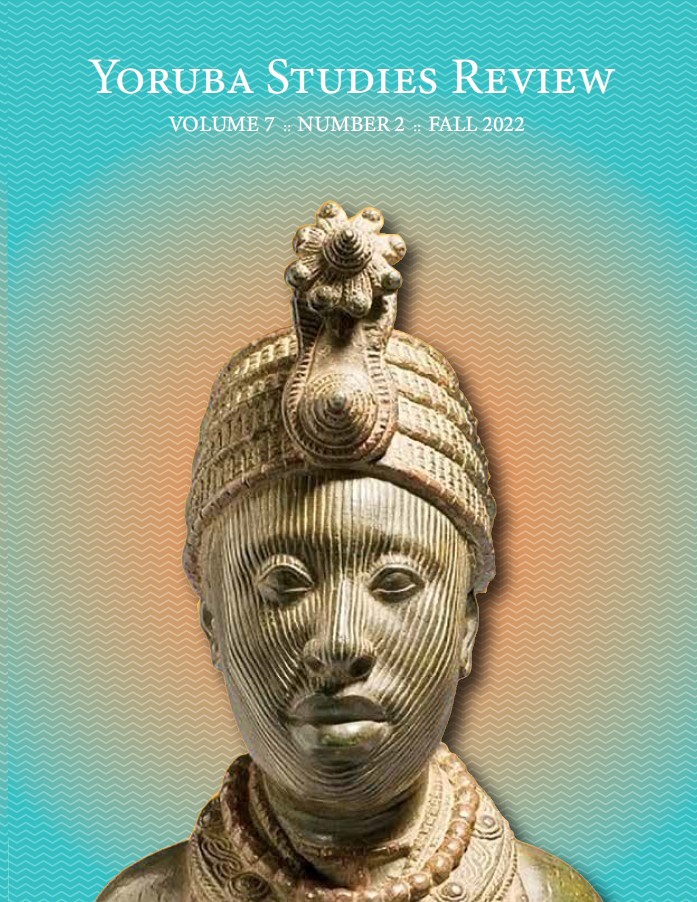Abstract
Marriage is an ordained institution by God, and it is held in high esteem in every society, Ùlále ̣ ̀ inclusive. A lady who is going into a marriage contract is expected to be pure by abstaining from sexual experience prior to the official seal of the marriage with her spouse. Ùlále ̣ ̀ displays a long marriage process that could span two decades depending on the level at which a would-be bride is sighted by her suitor and approved of by her parents as found in ìnna síse ‘obligatory responsibility to in-laws’. The marriage ceremony is filled with some flamboyancy of ùdanàa ‘engagement’, ugbá ìyàó dídì ‘packing of bridal wedding materials’, the concepts and presentation of ẹran ọkọgbó-yàgbó ‘animal for marriage rites’ and asọ ùbálé ‘virginity napkin’. I established that of the various marriage types, the ìyàó yeeyà ‘solemnity wedding’ is the most remarkable and the ultimate that every member of the community looks forward to. Its uniqueness in terms of the process of becoming a suitor, to the ìnna síse, and the procedures for the marriage ceremony has been carefully discussed. I presented the concept of ùbálé ‘virginity’ in this community and showed “its value” and “the shame” that awaits a lady who lost her virginity before the marriage. I gave the concept of virginity a wider view and established that virginity may be lost inadvertently and concluded that breaking the hymen, which is to be synonymous with loss of virginity, is not obtained through sexual intercourse alone

This work is licensed under a Creative Commons Attribution-NonCommercial 4.0 International License.
Copyright (c) 2023 Oladiipo Ajiboye
